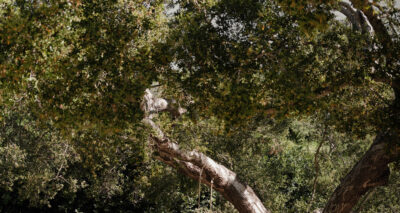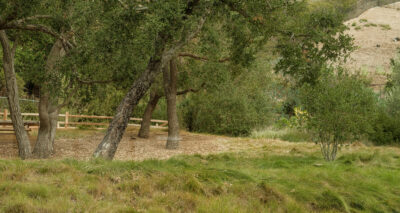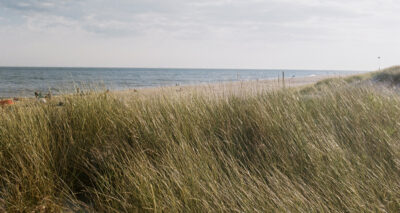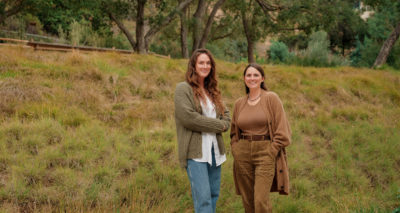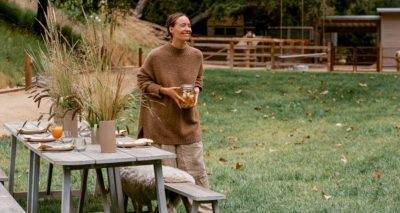Planting an Herb Garden with Edible Gardens LA
Translation missing: en.blogs.article.author_on_date_html
Wellness
Planting an Herb Garden with Edible Gardens LA
February 16, 2016
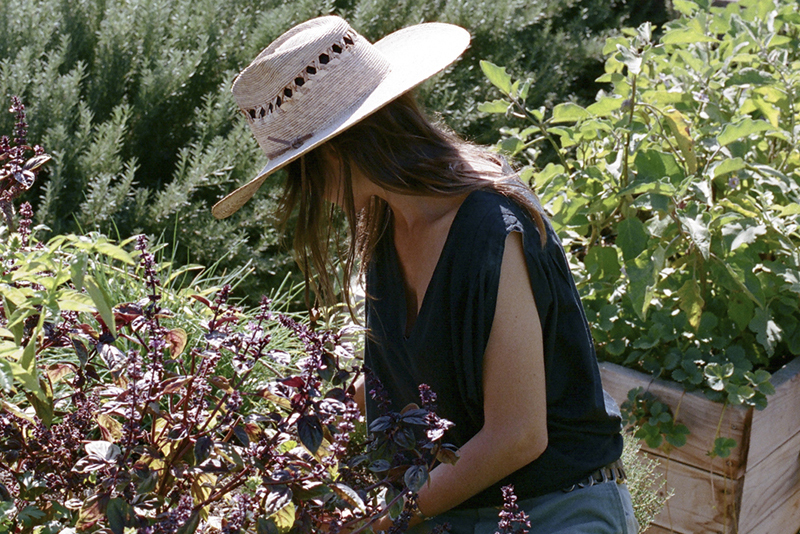
Just as important as the fruits and vegetables that I grow in my gardens are the herbs that I grow alongside them. With so many uses and so much that they can add to a meal, a beverage, or even products for home, they are a big part of my everyday routine. And when it comes to educating myself on all things in the garden (including herbs), I always call on Lauri Kranz of Edible Gardens LA (her botanical guide to citrus and instructions for creating an edible tepee seen here). Lauri was kind enough to share some things to consider when planting an herb garden, as well as her tips and tricks for getting the most out of your herbs, below. XXJKE
LK: Herbs are a beautiful addition to the vegetable garden and wonderful to grow on their own as well. They are easier to tend then vegetables, requiring less time and care. Their reward is felt on the plate as well as in the garden. Using them when preparing a meal adds a freshness and a brightness to our cooking. Seeing and smelling their fragrance in the garden adds a beauty we can appreciate throughout the day. When I am working in the gardens and cutting fresh herbs, neighbors will come over to tell me they smelled something wonderful as they were walking by and ask me what that scent is. Sometimes it’s lemon verbena or basil, other times it might be rosemary, dill or sage. There are many herbs to choose from. I recommend to clients that they choose herbs they use the most of, as well as one or two that interest them and add those to their herb gardens as well.
Some tips for planting and maintaining your herb garden:
– Herbs can be grown in pots, in the ground or in raised garden beds. Make sure to use a good organic soil in pots and garden beds. When planting directly in the ground, amend the soil well first.
– Plant herbs in areas with good sunlight. Most herbs want at least 5 hours of sun per day. An exception to this is cilantro, which will need some shade to prevent bolting.
– Make sure to plant mint in a pot by itself. Mint is an invasive plant and will take over an entire vegetable garden if left to wander. Putting mint in a pot keeps it well contained and thriving.
– Harvest your herbs as needed. I like to cut them while the stove is warming. Make sure to cut an entire sprig rather then just a couple of leaves. Cutting the sprig encourages the plant to put out new growth, while taking a couple of leaves weakens the plant. When cutting your herbs stick to the 1/3 rule; never cut more then 1/3 of the plant at one time. There needs to be enough green on the plant to signal the plant to keep growing. An exception to this rule is chives, which can be cut all the way back if needed.
– I like using fresh herbs not only in the kitchen, but also all over the house. Put freshly cut lavender and chamomile flowers in small vases around your home. Try mint, cilantro flowers, chive blossoms and more in floral arrangements. I use lemon verbena, sea salt and almond oil to make a wonderful body scrub.
– Lastly, pick up a copy of The Herbfarm Cookbook by Jerry Traunfeld. It has delicious herb garden-driven recipes as well as a detailed guide to growing your own herbs.
Photos: Brian W. Ferry
